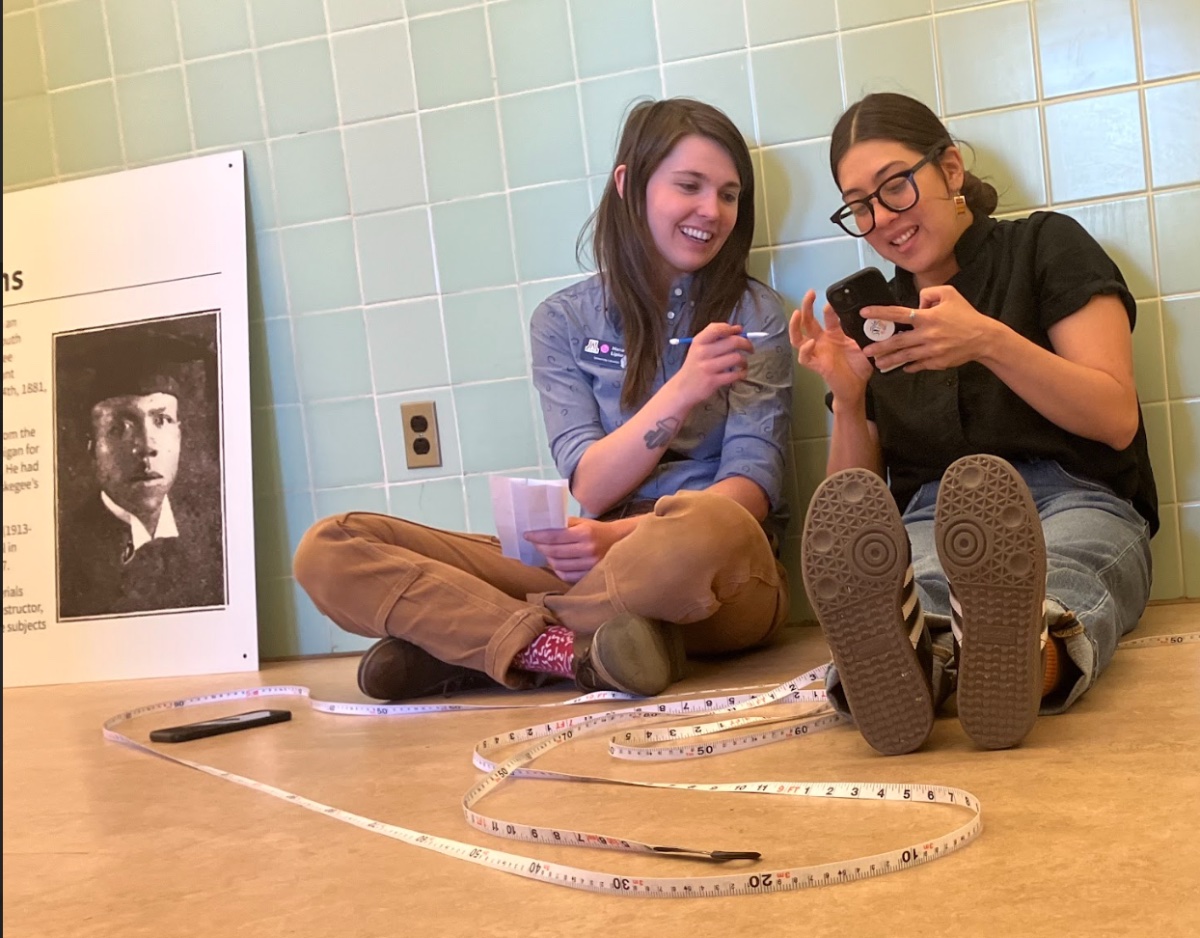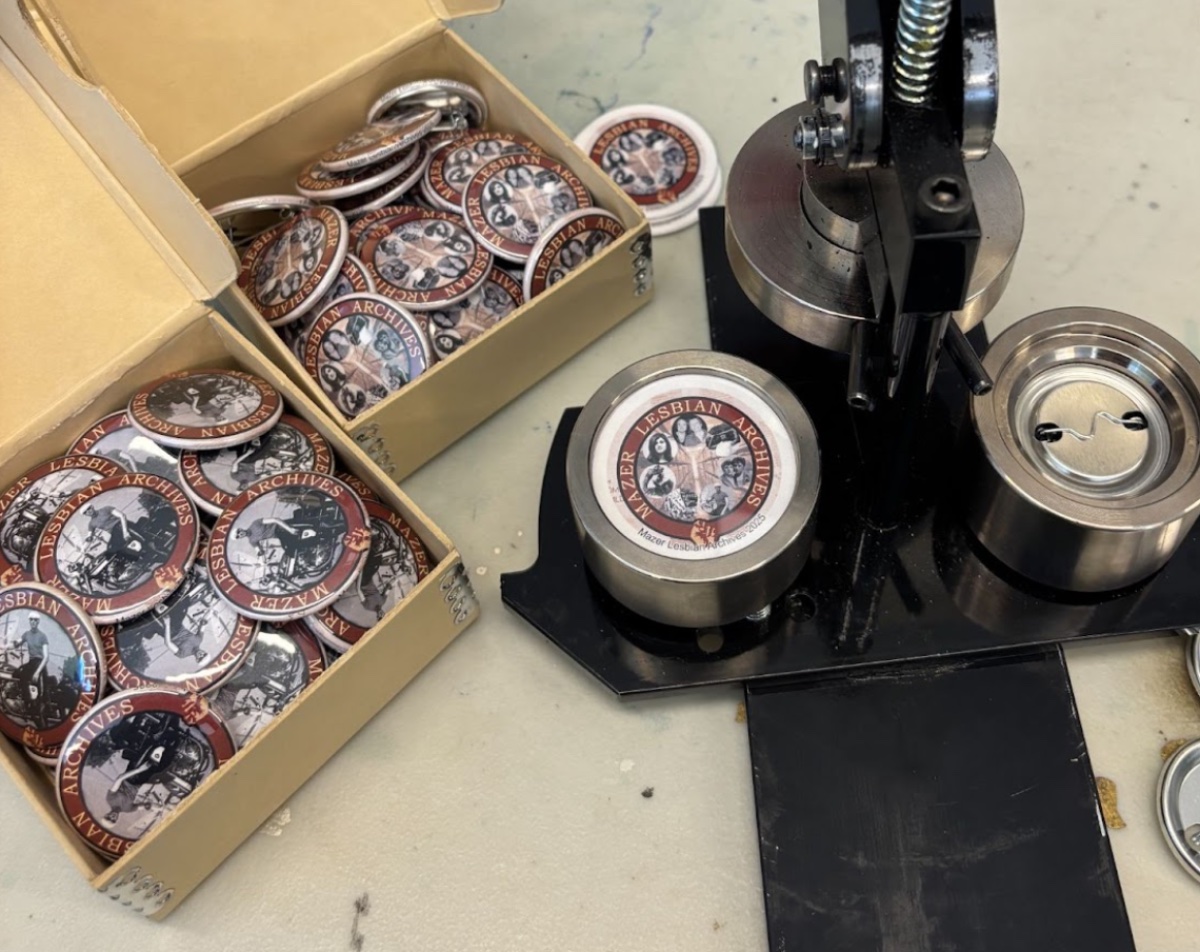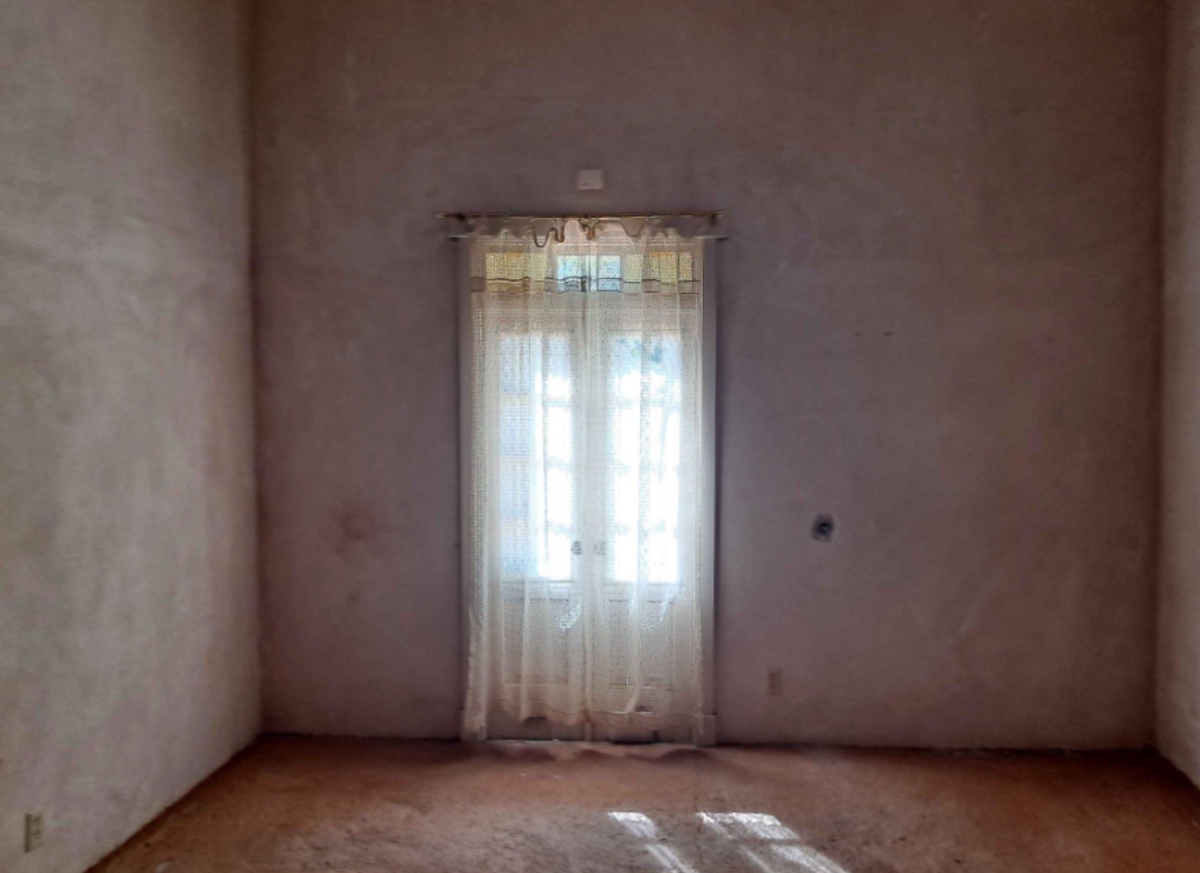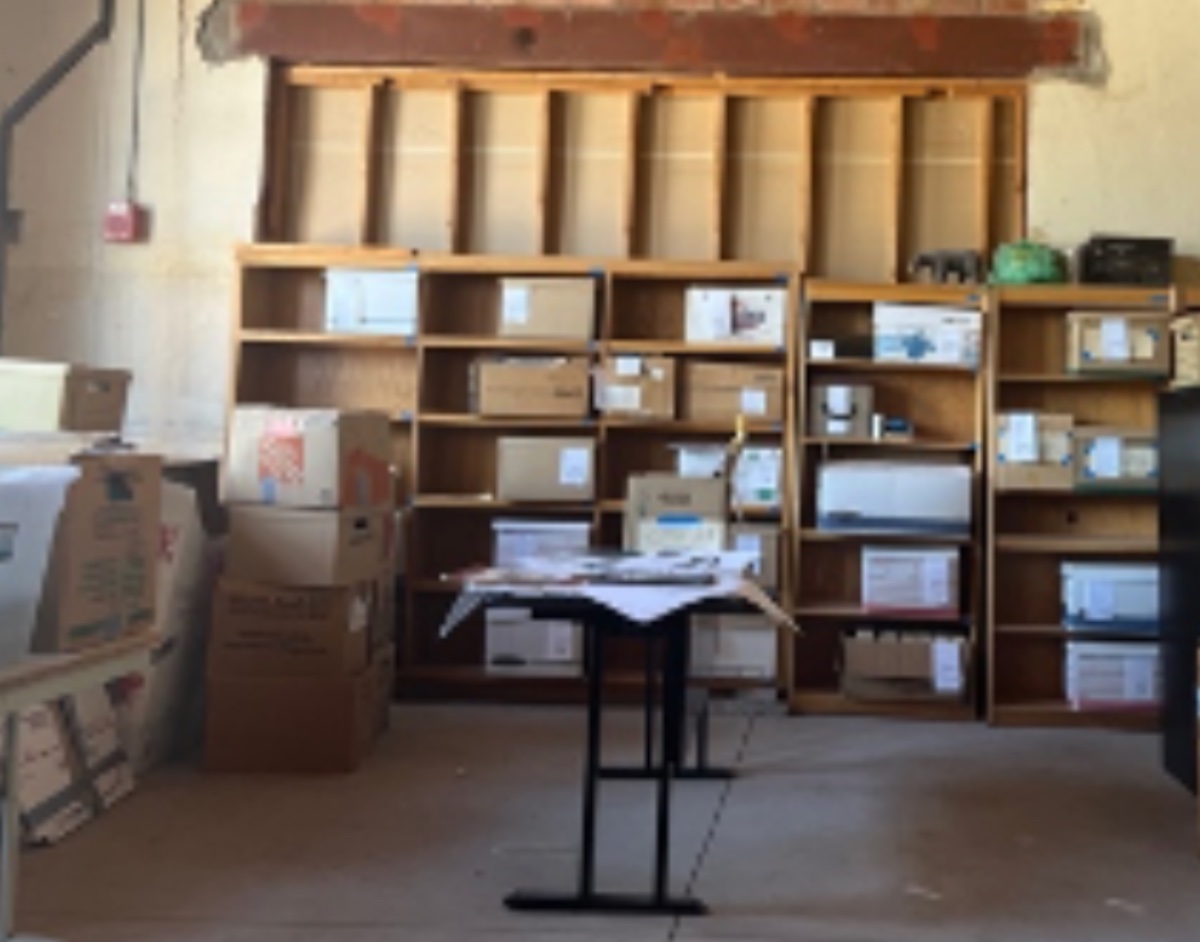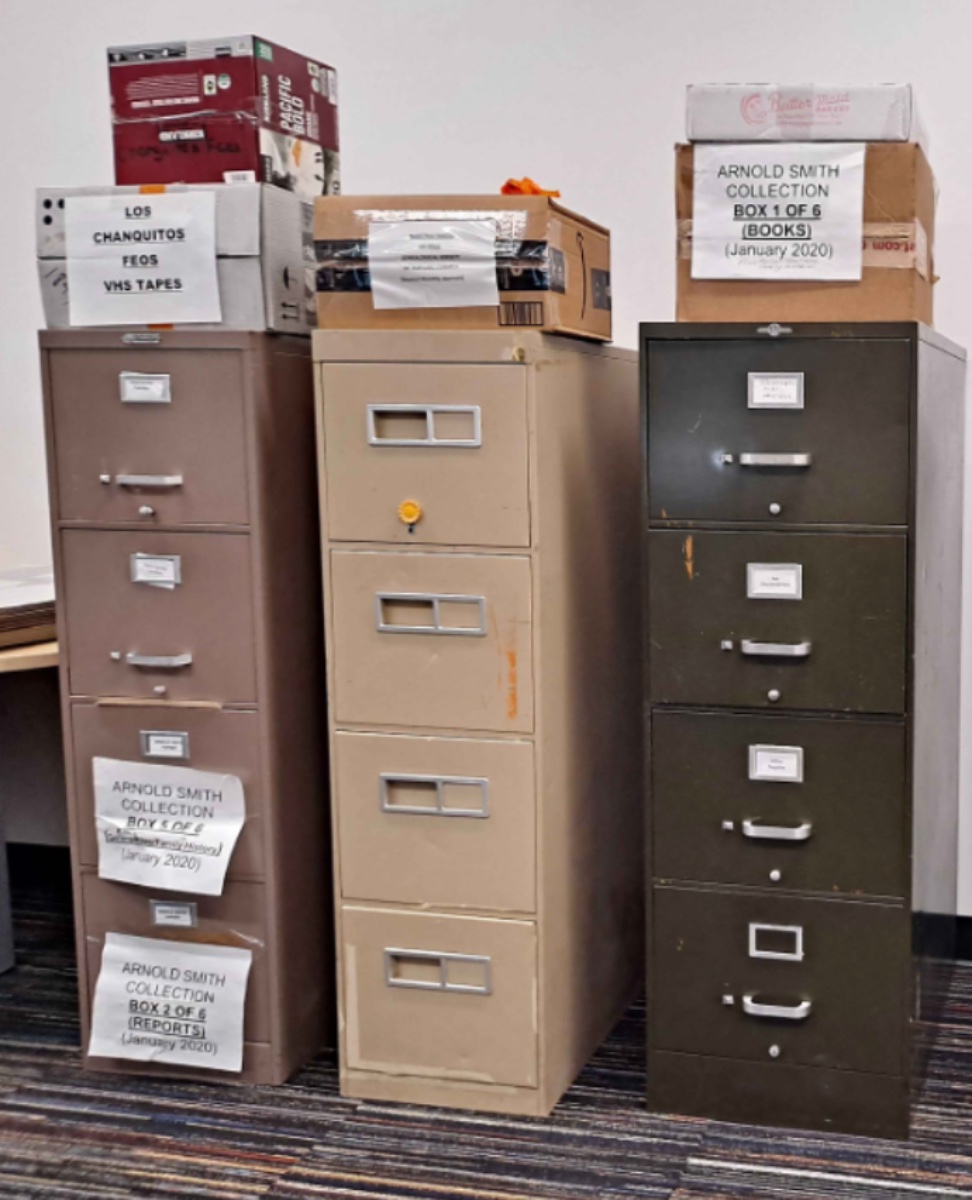By Priscilla Avitia, March 2025, FOCAS Intern, 24-25 / UCLA
I first visited La Historia Historical Society Museum during their Mellon Grant showcase. Rosa Pena, La Historia director, Bianca J. Sosa-Phal, La Historia archivist, and Krystal Mendez, a former UCLA Mellon intern, each gave short presentations. They discussed the projects they’ve worked on and events they’ve hosted, in addition to their future goals for the museum and archive. After the presentations concluded, I had the opportunity to walk around the museum and observe the photographs of military soldiers, school children, family gatherings, and other objects of daily life. It was the first time I’d seen the history of Mexican Americans as a museum’s sole focus.
La Historia began as a gathering place for family, friends, and neighbors to share their stories and photos. The museum became official to ensure their El Monte and South El Monte history was told and controlled by the community. The museum, and later archive, saw large amounts of donations over the years. People were excited to see their families on the walls of La Historia. These donations also brought back memories for many elders who came to visit.

In my time at La Historia, I’ve worked on establishing a collection management system (CMS) to track donations and loans. Originally, I’d planned to use a well-known CMS but due to resource limitations, I pivoted to expanding the pre-existing spreadsheet in a new format that allowed me to link various pages. I focused on physical donations and loans in the archive and museum to give users the ability to find materials faster and more efficiently. As well as experiencing a better overall understanding of our collections and items.

Bianca and I spent several days together conducting inventories with varying levels of thoroughness. First, we reviewed and took note of what objects and materials we had and what condition they were in. The final checks focused on existing and missing documentation, noting rehousing material needed, and future possible projects for future interns and volunteers. I spent most of my time getting to know the materials by looking at each photo one by one, reading letters written by El Monte and South El Monte students from past years, feeling the clothes, flipping through scrapbook pages, such as one crafted by a mother who wanted to document her daughter’s school days, reading “Hicks Camp: The Beginning of the End” written by a principle in 1956, and more. This experience allowed me to form connections with people whom I have never met. The project I’m working on goes beyond simply assigning numbers to collections and items; it allows those who enter La Historia the opportunity to form those same connections.

As I write this, my time with La Historia is far from over. I have much that I want to accomplish and learn. I am grateful to the community of El Monte and South El Monte for allowing a South Bay kid to listen to their stories and work with their artifacts. As a Mexican American, I am in awe of the hard work and dedication that La Historia has put into ensuring that our community is correctly represented and protected.
